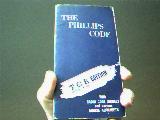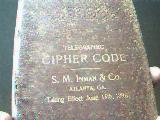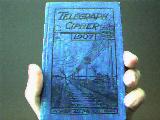





| Phillips Code | potus=President of the United States scotus=Supreme Court of the United States | Inman Cipher | dancing=reports of frost confirmed currant=too much rain |
Case Cipher | bridegroom=for 36-inch rear separator dinner=plowing attachment complete. We do not furnish plows. |
 Back to the Index
Back to the Index